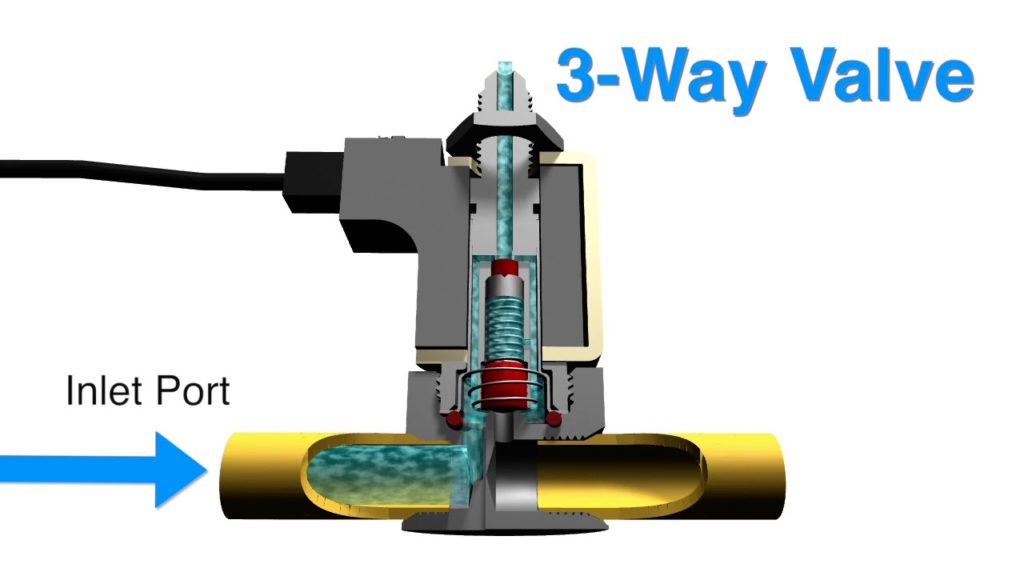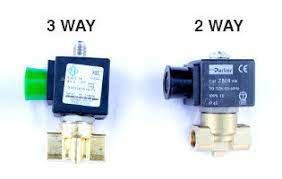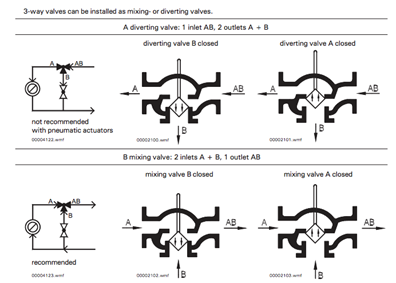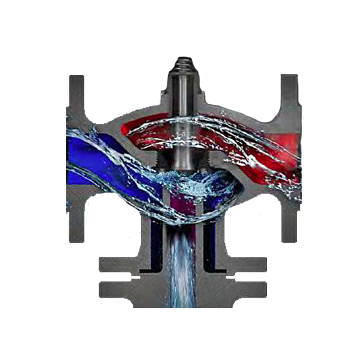
Some industries, such as medicine and dentistry, require the use of liquid or gas to complete a task. Regardless of the fields in which this type of equipment is used, the fact remains that it must be able to start and stop liquid or gas as needed. Solenoid valves are used in this situation.
Solenoid valves aid in the control of liquid or gas flow. These valves are built into the equipment to ensure that it is used safely and efficiently. A solenoid valve works by using a plunger to open or close the valve, allowing liquid to flow through or sealing it shut without leaking. This is a critical step in the automation of fluid and gas control, and different types of solenoid valves perform the same function in different ways.
One way to control the flow of liquid or gas is to use a normally closed solenoid valve. This valve works in the same way as other solenoid valves in that it either stops or starts the flow of liquid, but it does so in a different way. The plunger of a normally closed solenoid valve is down when the valve is not powered, effectively sealing the valve and preventing liquid or gas flow. The magnetic field causes the plunger to rise once the normally closed solenoid valve is powered or energized. This opens the valve and allows liquid or fluid to flow through it.

In industrial applications, two-way and three-way valve classifications are common. The number of ports used by these valves determines their classification. 2 way valves have two ports: an inlet port “A” and an outlet port “AB,” as the name implies. Three-way valves, on the other hand, have three ports: “A,” “B,” and “AB.”
Because these valves support a variety of flow rates, temperature ranges, and pressures, it’s important to know the differences between them before deciding which one is best for your application.
The amount of fluid allowed to leave the outlet depends on the relative position of the plug when fluid enters the inlet (port A) of a two-way valve (port AB). The valve is fully closed from ports A to AB when the plug and spindle are positioned all the way up. The valve is open from A to AB when the plug and spindle are fully depressed. On all 2 way valves, the B port is completely capped off with a blind flange. The flow rate through the valve will be controlled by the position of the exercise plug.
2 way valves are commonly used in basic on/off applications, and they are also known as isolation valves. Many process safety systems require these valves because they can immediately stop fluid flow to a specific location in the event of an emergency.
Variable flow systems with changes in pressure, temperature, and flow can also benefit from 2 way valves. These valves, for example, can regulate operating temperatures by adjusting to specific fluid parameters using sensors to maintain the desired temperatures and flow.
2 way valves are also an excellent choice for some chilled or hot water applications. The positions of the plug and spindle valves can be adjusted to ensure that the system in question operates at maximum efficiency (typically when the valve is 30-80 percent open). Working within this range protects equipment and extends the life of the valve.
2 way valves, when used properly, can improve process efficiencies and lower operating costs by allowing operators to run heating and cooling systems at variable flow rates. Almost every industry application that requires the regulation of process fluids uses two-way valves. The automotive, wood, chemical, food and beverage, power generation, marine, and water treatment/wastewater industries are all examples of this.
Three-way valves have the same parts as two-way valves. The use of an additional port distinguishes it from a two-way valve. 3 way valve assemblies, like 2 way valves, can be controlled by pneumatic or electric actuators.

These valves can be used to divert fluid flow or to mix fluids delivered through two inlets into a single outlet. Fluids from inlet ports A and B are mixed inside the valve body and then transmitted out through port AB when used as mixing valves.
Mixing is the process of combining fluids of different temperatures and pressures and sending them through an outlet with specific properties.
Port AB serves as the inlet, while Ports A and B serve as the outlets when used as diverting valves. Port A is blocked when the plug and spindle are 100 percent in the upward position, allowing only AB to B flow. Flow through Port B is blocked when the plug and spindle are 100 percent in the downward position, and only flow from AB to A is permitted.
For diverting and mixing applications, 3 way valves are more cost-effective than multiple 2 way valves. 3 way valves are ideal for heating and cooling various media such as water, oils, and chemicals because they can mix fluids from multiple inlets. In primary and secondary loop applications, these valves are frequently used as bypass valves. Three-way valves, like two-way valves, are used in the same process industries as two-way valves.

Copyright © 2024 Butler & Land Technologies, LLC. All Rights Reserved.
Web Design by Red Spot Design. Return & Refund Policy, Terms & Conditions